Most people are fascinated by locs because it is easy to maintain and unique. Interlocking locs is one of the emerging protective hairstyles that is still getting popular for its different characteristics from other traditional dreads.
If you are also thinking of transforming your look, undoubtedly, this is the hairstyle to give a try. There are a variety of hairstyles, but we suggest getting interlocking locs. Here is the guide if you are unaware of this type of dreadlocks and how they work. This article will take you through the technique, pros and cons, and how interlocking locs protect your hair. Continue reading to know more about this style before making your final decision.
What are Interlocking locs?

Interlocking locs is one of the techniques which includes pulling the ends of dreadlocks back through the root of the same section. It is also known as latch-hooking or root-flipping hairstyle. Moreover, it creates a lock of the dreadlocks and hold the hair is same position and dreadlocks develop.
A hair maintenance hairstyle that also tightens the new hair growth to the scalp and locks it with time. There are different methods to perform this hair technique. One of the very famous techniques is by fingers or using a special interlocking tool or a latch hook. One of the common ways is to use a four-point interlocking pattern that pulls the hair in four directions (South, North, East, and West).
The interlocking technique is best for people with fine hair as the method reinforces the dreads into roots. However, it is not reserved for people with thin or fine hair, but people with any hair type can adopt this style.
What does Interlocking do to locs?
Interlocking is done to lock the dreadlocks in their position. One of the primary purposes of getting the interlocking locs is maintaining every type of locs. Once this technique is performed, it keeps locking the new hair growth with time. Moreover, it also tightens the already installed locs and avoids their loosening. Further, interlocking helps get away with retwisting and retightening sessions.
There are many aims to get this hairstyle. For instance, some beginners to hair locs adopt this hair maintenance technique, and it is often used to start new locks. The locs are created from the ends to roots using interlocking tools for such cases. Moreover, depending on your hair type, condition, and hair volume, interlock your hair can take two hours.
Interlocking also keeps the locs in their position. The locs start losing time and require palm-rolling and other retwisting techniques, and this technique helps keep them at their place without any hassle.
Are interlocking dreads harmful to your hair?
Generally, it is one of the hair maintenance locking techniques that avoid hair tangling. It doesn’t cause harm to your hair until or unless the locs are very tight that they cause strain. There is a possibility that to get tight and neat locks, the locks get tight enough to cause stress. It is a standard method for smaller locs, but if you overdo the process with too much force, it can cause pressure on the scalp.
Interlocking locs are harmful to the scalp when done with extra force and too much pressure that your scalp feels heavy, and it can cause headaches and migraine in such circumstances. Treat your locs gently, like the way you treat pets and flowers. Like plants, our hair and dreadlocks also require proper care and maintenance. Keep your locs tight but not that much that they start hurting you.
When interlocking is done incorrectly, it can be damaging, and it may result in holes at the scalp due to excessive hair breakage. Moreover, it can result in bald patches and thinning of hair locs due to excessive strain. If you have a hair loctician, ask him to help you with interlocking correctly. Otherwise, you can be in trouble.
If the locks are too tight, you can get them to loosen by your loctician. Extra tightening locs are also harmful to scalp and hair growth, resulting in hair thinning and other hair conditions such as baldness. Interlocking is not detrimental but can be problematic.
Interlocking vs Retwisting Locs
Many people confuse interlocking with retwisting, while both the processes are pretty different. Interlocking is a hair technique for getting the locs. It is a loc method used to start the locs, preferably best for fine-textured hair. Interlocking can handle more washing and cleaning of the locs as it is a method of getting your desired loc type with low maintenance. Mostly a specialized tool is use to do the job. It is better to start your locs using the interlocking method by approaching a professional such as a loctician.
Interlocking is an active hairstyle for active people such as athletes, swimmers, and activists who don’t want to be bothered by their hair. Moreover, the style is best for active people who know how to care for their hair.
On the other hand, retwisting is a milestone in the loc journey mainly performed to tighten the loose locs. It is not a technique to initiate the locs but is an integral part of the process to keep the locs stable. It is a big part of the journey to save the locs in their shape. There are many techniques for retwisting. One of the famous techniques is palm-rolling, in which the locs are retightened with the help of fingers and hand palms. No need to use hair tools such as crochet needles and more. Moreover, it doesn’t need any hair products such as hair beeswax or hair gels. It is better to use essential hair oil or water to retwist your locs as they give perfect results with any hair damage.
Pros and Cons of Interlocking Dreadlocks
Several advantages and disadvantages must be considered with every hairstyle and hair treatment before getting the hairstyle. Although interlocking is a maintenance hairstyle, it still has some merits and demerits that must be considered before picking this hairstyle. Here are some pros and cons of this hair technique:
Pros of Interlocking locs:
1: Easy to Learn
If you are into hair locking and other protective hairstyles, you must know that there are various dreadlocks types and many techniques for creating the desired locs. Likewise, there are many methods of getting the locs, but interlocking is the easiest one.
If you want to learn this process, it is one of the simplest hair techniques that can be learned quickly. Moreover, you can learn and install your hair locs with this technique.
2: Best for thin hair
This hair technique is best for people who have fine hair. The other traditional types of dreadlocks are mostly easier to install in curly hair, but this type of hair technique is best for thin, shiny, and straight hair people. As the tightening is performed using a specialized tool, it is easy to handle silky hair with this method.
3: Less hair products
Mostly loctician use hair fixing products to keep the locs in place. For instance, hair setting wax and gels are available in the market after performing the technique. But, these products result in hair breakage and other hair problems. Interlocking locs don’t require any hair product for hair tightening. No need to use expensive after care products. Further, such hair products include harsh chemicals and ingredients that damage structure and imbalance the scalp pH. It is better to adopt such hairstyle which is low maintenance and doesn't need extra time and money.
4: Wet dreadlocks
If you are someone who can’t resist a shower, it is the hairstyle for you. In other traditional types of dreadlocks, mostly locticians don’t allow wetting the hair locs in the initial stages of loc installation.
You can wash the locs every week and dive into a pool, and this is one of the most significant advantages of getting these dreadlocks. With hair care products such as residue-free shampoo, condition, and hair oils, another best way is to use Aloe Vera for keeping your dreadlocks neat and clean. There are no side effects of taking frequent showers with interlocking locs.
5: More compact look
With interlocks, the dreadlocks are more compact, and in many cases, the locks are tightened enough to look tight and neat in their place. This process proves that this is the best option for you if you want to get a neater look at dreadlocks.
6: Uniform dreadlock results
Interlocking locs is one hair technique that helps you get uniform dreadlocks regardless of your hair type, hair condition, and hair length. Often the other kinds of dreadlocks result in clumpy and bouncy locks, whereas this method helps get the locs that are uniform and neat.
7: More time in between maintenance
Hair protective styles need a retwisting and relocking session. Interlocking is a technique that doesn’t require retouching frequently. In this hair protection method, you can delay the maintenance sessions. There is no more need to get retwists every month by palm-rolling and comb coiling techniques. It is one of the best methods of getting the locs that don’t need retouches very soon.
8: Good for all hair types
One of the pros of interlocking hairstyles is for all hair types. You can get the interlocking done regardless of your hair type, texture, and hair condition. Preferably best for thin and silky hair, but people with curly and wavy hair can also get this locking quickly.
Cons of interlocking locs:
1: Potential of damage
One of the drawbacks of getting the interlocking technique is that it sometimes causes severe damage to the hair, such as hair thinning. When the procedure is not performed by a professional such as a hair loctician, loc splitting and thin locs. The results can be dreadful in severe cases, such as baldness or alopecia.
Hence, it is necessary to search for the loctician who offers dedicated services for your hair locks and stays concerned throughout your loc journey. So, if you ever feel head strain or any other side effect, you can run to your consultant as soon as possible.
2: Frizziness
One of the major causes of frizzy hair is low moisture. Mostly all types of hair dreads have this side effect of frizzy hair at some stage of the loc journey. Likewise, it is also common in the interlocking process. You will experience frizzy hair due to the lack of moisture.
To reduce frizzy hair, keep your scalp and locs well moisturized. Stay hydrated and use essential hair oils to keep them moisturized.
3: Residue accumulation
Interlocking patterns are pretty tight, which helps the accumulation of hair care product residues, dust particles, lint, and other components from the environment. In addition, the locks are prone to more sweating, which damages the hair texture.
The residues have the potential to stay in the hair for a longer time and damage the hair quality. For this problem, try to detox your hair locs por using deep conditioning techniques to keep your locs neat and clean.
4: Thinner dreadlocks
One of the drawbacks of getting the interlocks is that it results in a bit thinner dreads than other types of dreadlocks. The reason is that this process uses a specific tool for creating the locks, which results in thin locks. But, you can change your locks type at any stage of your loc journey.
5: Slow growth
After getting this locks style, most people keep thinking that their hair is in a transition phase as they don’t grow in length. The reason is that hair grows, and the dreads become thicker with time. Due to excessive shrinkage, the hair locs seem the same size.
If you are looking for a hairstyle that will result in hair transformation in two to four months, unfortunately, this hairstyle is not for you. In this hairstyle, the hair growth is not prominent, but it aids in making the dreads thicker and adds volume.
6: Expensive
Interlocking is the initial method of starting any hair locs style such as sisterlocks, traditional dreadlocks, or Microlocs. Depending on the type of locs you want to get, the process is expensive compared to other locking styles. As this process involves time, energy, and experience of the loctician, it is a bit pricy compared to different types.
7: Time-consuming hair maintenance
This locking hairstyle is low maintenance hairstyle but requires time and effort. Every time you want to attend an event, you will need at least two to three hours to set your interlocks with the tool to look perfect.
Moreover, if you are not professional in retwisting your locks, you will need half a day to visit your loctician to get your locs retwisted. The process is complicated as you start locking your hair from the scalp and then moving to the roots. Hence, it is a time-consuming hair maintenance hairstyle.
What is the average interlock dreads price?
Interlocking locs are pricier than other traditional hair dread styles. On average, the starting price for different locs is usually somewhere between $75 and $100. But the average cost for getting the interlocking locs starts from $180 and varies depending upon many factors.
Many factors contribute to the price of starting interlocks. For instance, it depends upon your hair texture, hair length, and volume. In addition, the locticians charge according to their expertise and work experience. Sometimes, the locticians also charge every 30 minutes $50 for consultation. Apart from consultation fees and installation charges, the process requires retwists after a few months.
Interlocking maintenance tips
Fresh locs are the best kinds of locs. To save money and time, many people go without taking care of their hair locs, which results in brittle hair strands with no moisture. Once the locs have been appropriately installed, aftercare and maintenance is key to keeping them fresh and alive. Here are a few tips that you must follow to keep your interlocks fresh and alive:
1: Retouch
Retouching the interlocks is necessary to keep them in shape. If you want to maintain your interlocks for an extended time frame, go to your retouch sessions every 6-8 weeks. It benefits interlocks that you can delay the sessions but don’t let it extend more than two months. Choose either technique, palm-rolling, or twisting the locs with a tool and keep your locs alive with mandatory retouching.
2: Washing
Keep your dreadlocks neat and clean with residue-free shampoo followed by a good conditioner. Detox and deep cleansing are also good techniques to keep your dreadlocks tidy and residue-free. Don’t forget to wash your dreadlocks every week to get rid of dust particles, accumulated sweat, and lint.
3: Sleeping
Dreadlocks of every type require special treatment at night. If you care for your locs, keep them covered with a head bonnet or silk head cap or scarf. It will keep them safe from environmental components such as dust, lint, etc. Moreover, it will prevent hair breakage.
4: Moisture
Keep your head scalp well-moisturized with hair care products such as essential hair oils. There is no better remedy to control hair frizziness than crucial hair oils. In addition, massage the head scalp to keep it well-moisturized.
Furthermore, you can use Aloe Vera gel and Rosewater to keep your dreads wet and fresh. Due to excessive sweating, the dreadlocks smell bad in the summer season. Hence, it is good to spray Aloe Vera water or rose water to keep them fresh for a while.
5: Clean your scalp
Just because you have hair locks does not mean you forget about your hair scalp. Keeping your scalp clean from any buildup is essential as it can affect hair growth. Use residue-free shampoo to get rid of the residues. In addition, use lightweight hair oils that won’t clog your pores.
Pro-Tip
Above all, if not handled properly, you can break your locks. It is important to complete your research about the best hair loctician in the town, getting the interlocks, the pros, and cons of the process, and maintaining your hair locs. Complete your part of the research first and then dive into this locking journey.
People prefer different dreadlocks according to their hair texture, hair volume, and budget. While talking about dreadlocks, there is no one-size-fits-all. Hopefully, this article will help you with your decision, and now you can look forward to what is best for your hair.
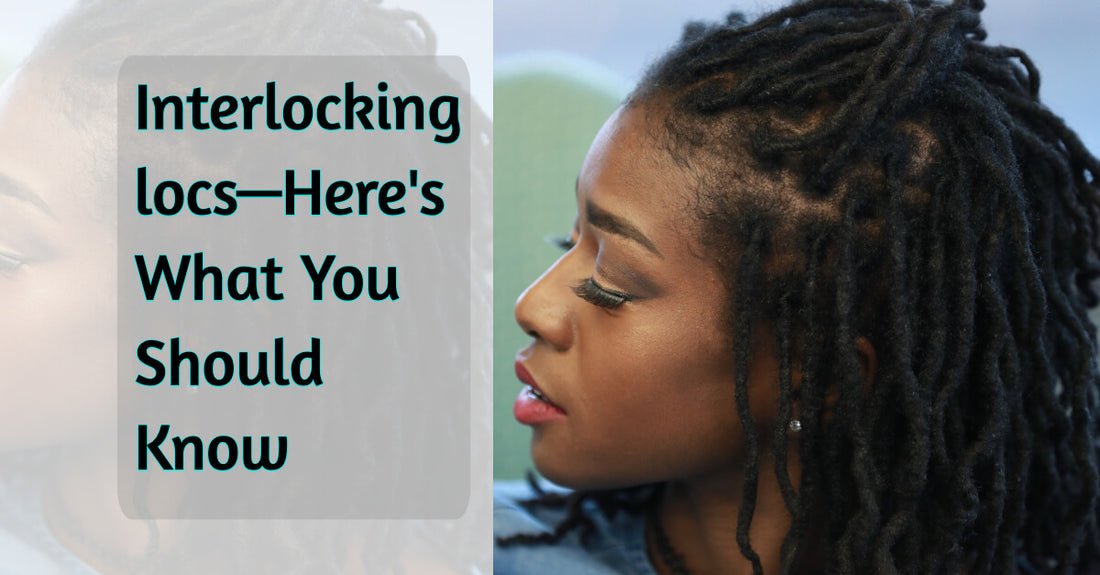
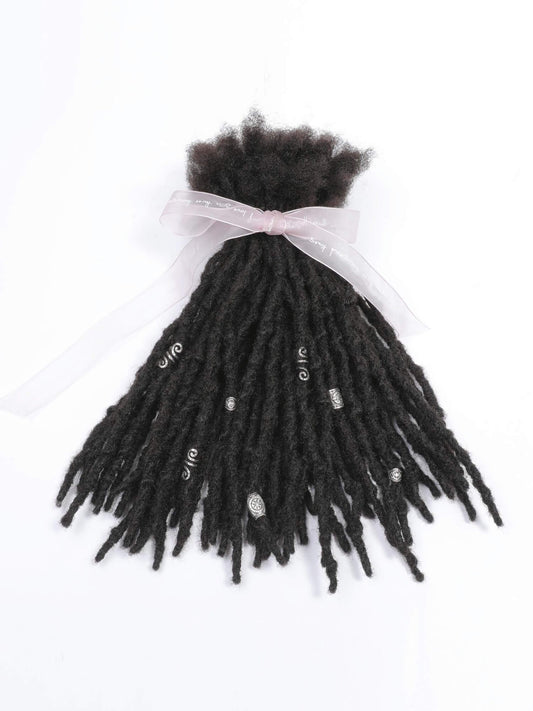
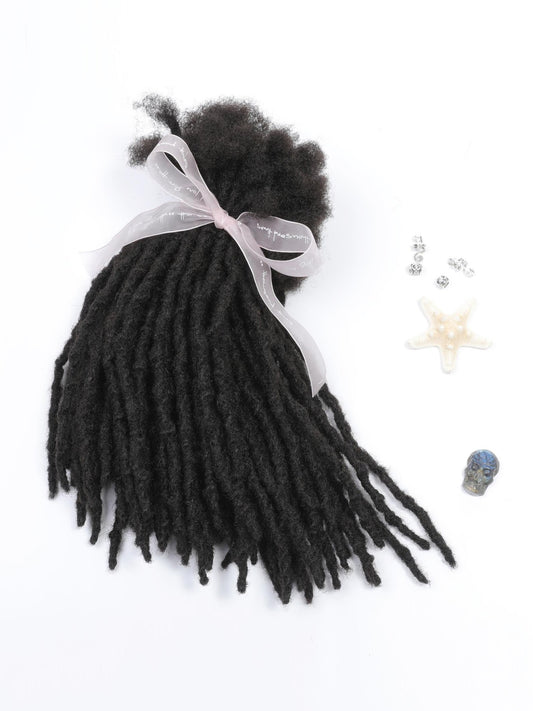
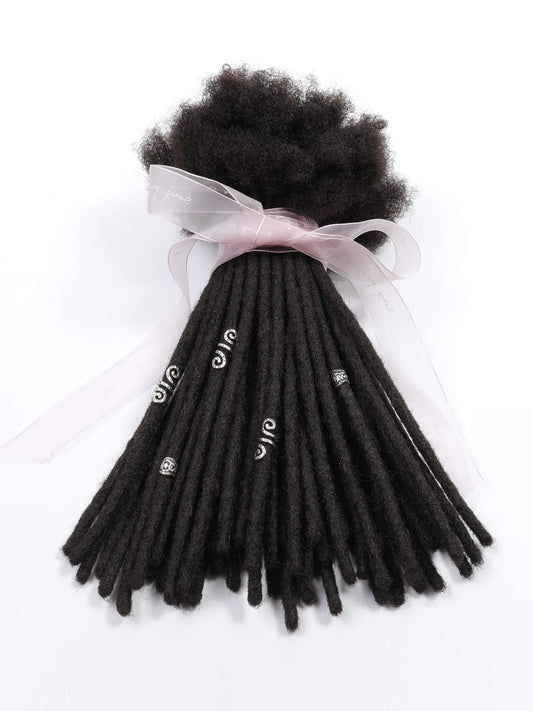
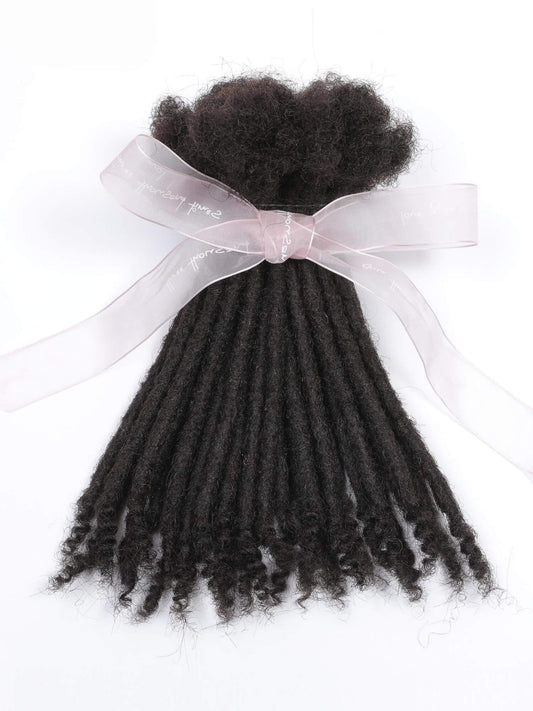
1 comment
When can you start to use oils on your locs, my hair and scalp is dry. I have use the rose water with a little essential oils in the water.